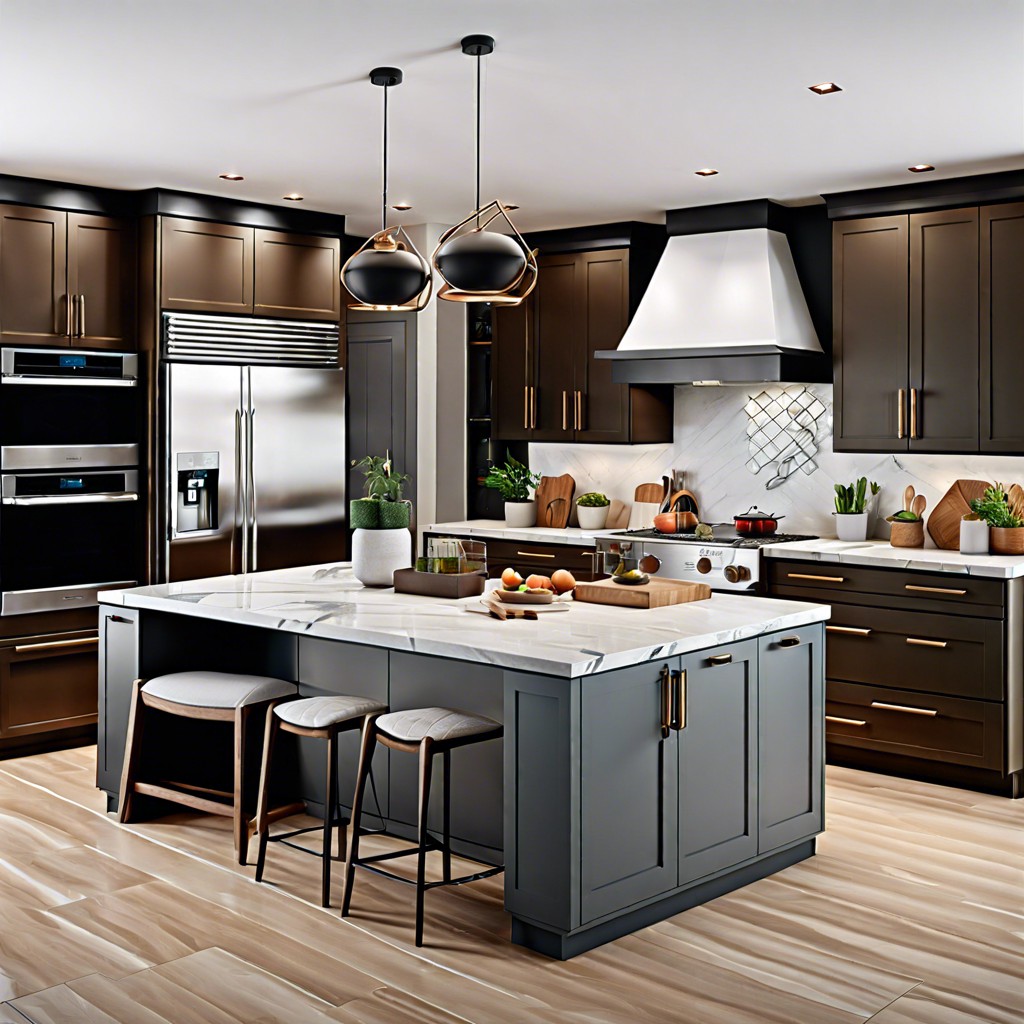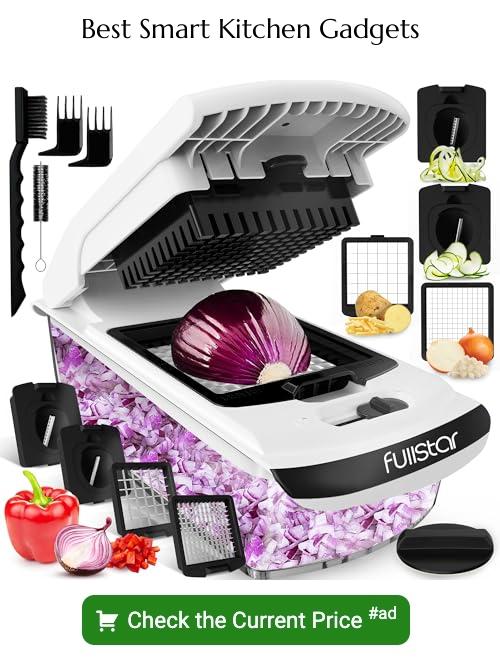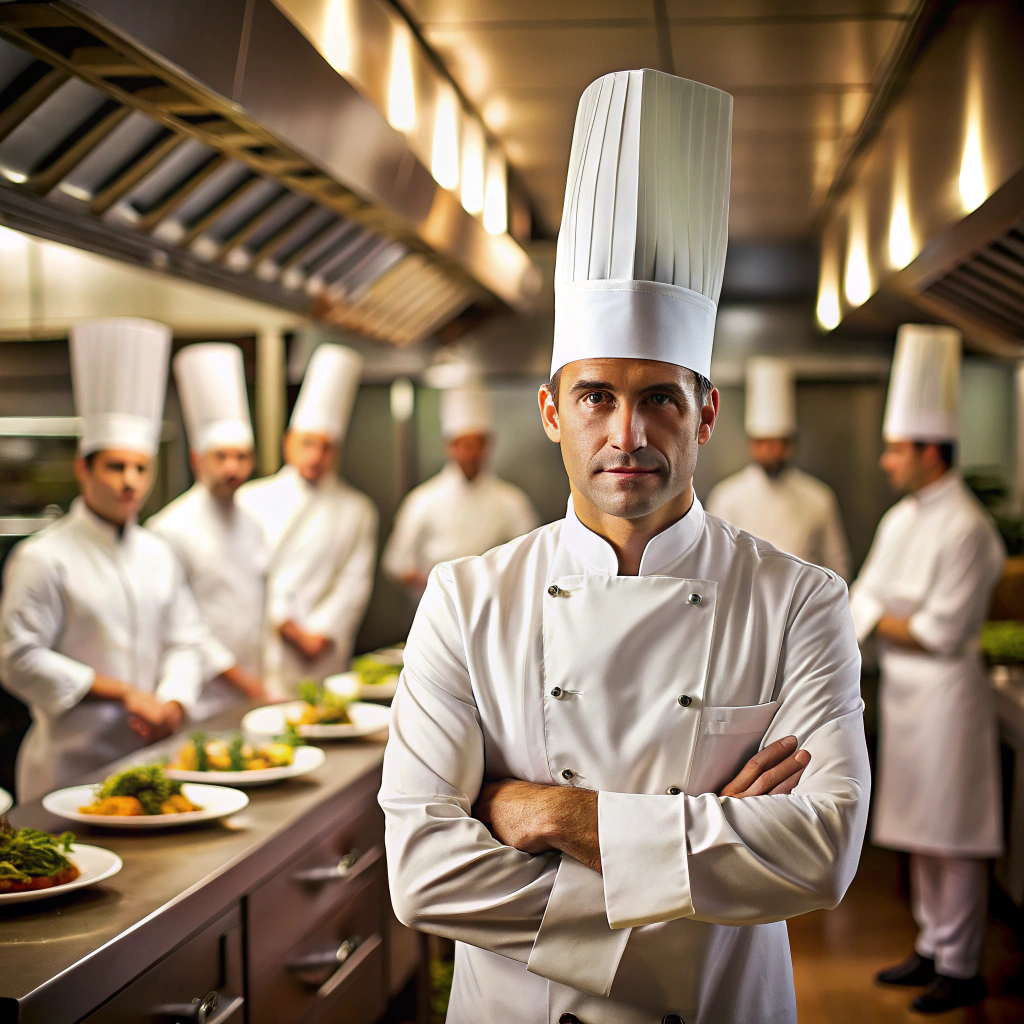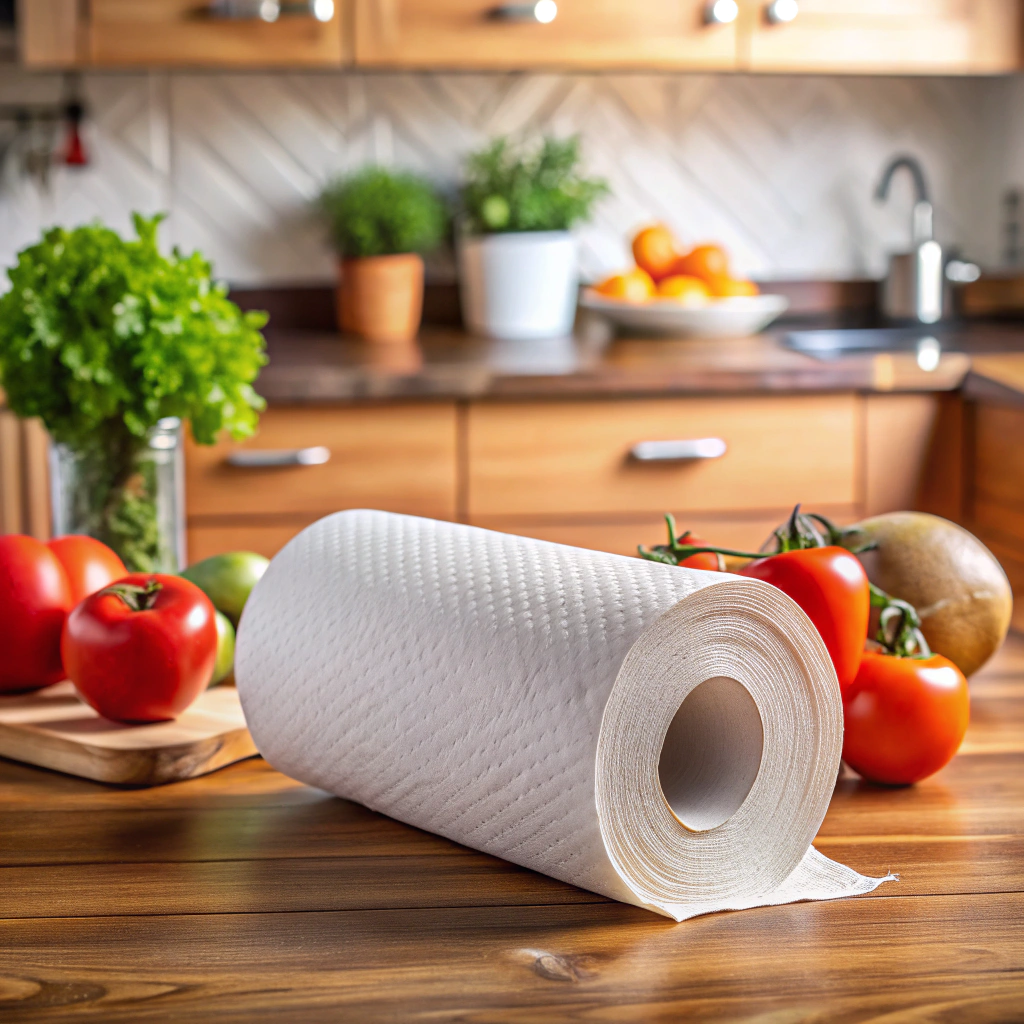Last updated on
Discover what a digital kitchen is and how it can simplify your cooking experience with smart technology.
Key takeaways:
- Digital kitchens utilize integrated appliances, software, analytics, and automation tools.
- They offer efficiency, time savings, improved inventory management, energy efficiency, and enhanced security.
- They are different from ghost kitchens, which focus solely on delivery and lack physical restaurant space.
- Cloud capabilities are crucial for real-time updates, data management, security, and easy integration with other technologies.
- Real-world examples include Zuul Kitchens, Spyce, Chick-fil-A, and KFC in China.
What's Inside
Definition of a Digital Kitchen

Imagine your kitchen got a tech upgrade, not to cook robotically but to make things smarter. That’s precisely what happens here. It’s a kitchen where technology partners with culinary expertise.
Think about it: touchscreens for recipe retrieval, smart ovens that preheat at the swipe of a phone, and fridges that tell you when you’re low on milk. Everything is interconnected. Wi-Fi is the secret ingredient that links devices and provides streamlined control.
The key elements include:
- Integrated appliances that chat with each other.
- Software for managing inventory and orders.
- Analytics tools to maximize efficiency and reduce waste.
- Automation tools to simplify repetitive tasks.
Added bonus for the tech-savvy: voice-activated assistants offering hands-free help. It’s not about replacing the chef, just helping them shine a bit brighter, much like your smartphone makes you appear infinitely more intelligent.
Essential Components of a Digital Kitchen
First up, let’s talk hardware. At the heart of every digital kitchen is a solid setup of high-tech gadgets. Think interactive touchscreens, IoT-enabled appliances, and smart fridges that suggest recipes based on what’s inside. Fancy, right? But wait, there’s more.
Next, consider software. Recipe management systems and inventory tracking apps are essential. They help streamline processes, keeping you from running out of olive oil mid-recipe. Nothing worse than a dry salad, after all.
Connectivity is also key. A robust Wi-Fi network is almost as important as a good knife set. It keeps everything synced up and running smoothly. So, you can avoid the chaos of miscommunication.
Then we have automation. Automated cooking devices like smart ovens and instant pots can follow pre-programmed recipes to the letter. Think of them as your sous-chef, minus the attitude.
Finally, integration capabilities cannot be left out. Platforms that tie everything together—from ordering supplies to customer satisfaction—are indispensable. It’s like having a command center for your kitchen operations.
Ready to cook up a storm?
How Digital Kitchens Work for Foodservice
Imagine a bustling kitchen where orders come in digitally, recipes pop up on screens, and inventory adjusts automatically. That’s the magic at work here.
Chefs receive orders through a centralized system. It’s like having a personal kitchen assistant who never sleeps and doesn’t mess up orders.
Digital screens replace traditional paper tickets. No more squinting at smudged, handwritten notes.
Inventory management goes high-tech. Running low on basil? The system updates in real-time and can even suggest suppliers.
Data analytics track everything. Peak times, popular dishes, and customer preferences are all at your fingertips, making menu tweaks a breeze.
This tech-forward approach ensures efficiency, minimizes waste, and keeps customers happy with consistent, speedy service.
Phew, I’m ready for a break just describing it. Maybe a snack from one of those efficient digital kitchens?
Advantages Over Traditional Kitchens
Digital kitchens offer unmatched efficiency. Imagine a world where your refrigerator can tell you what it’s missing, your oven preheats itself before you even step foot in the kitchen, and your dishwasher alerts you when it needs more detergent. Welcome to automation heaven.
They save time by streamlining meal prep. Smart appliances talk to each other, optimizing cooking times so that your pasta and garlic bread finish at the same time. No more juggling tasks like a culinary circus performer.
Inventory management becomes a breeze. You can track pantry items through an app, reducing waste and saving you from finding that lone, forgotten can of beans from 2016.
Energy efficiency is another plus. Smart appliances operate on eco-friendly settings, cutting down on electricity bills and making you feel like a hero for the planet.
Lastly, they offer better security. Smart sensors detect gas leaks or unusual activity, giving you peace of mind even from afar. It’s like having a culinary guardian angel.
Digital Kitchens Versus Ghost Kitchens
Digital kitchens are technologically advanced setups in existing establishments, utilizing tools like smart appliances, IoT, and data-driven apps to streamline operations. They enable real-time inventory tracking, predictive ordering, and efficient workflow management. Essentially, they’re your usual kitchen but on a serious tech upgrade.
Ghost kitchens, on the other hand, exclusively operate for delivery services. Think of them as phantom eateries without a dining area. You order online, food is cooked in these hidden gems, and it’s delivered right to your door. No face-to-face interaction, just good food at your doorstep.
- Key differences:
- Purpose: Digital kitchens boost efficiency in traditional settings, whereas ghost kitchens solely focus on delivery.
- Space: Digital kitchens exist within physical restaurants, ghost kitchens can be anywhere – warehouses, unused commercial spaces.
- Customer interaction: Digital kitchens still welcome diners; ghost kitchens only engage customers digitally.
So, whether upgrading an existing kitchen with smart tech or starting a delivery-only culinary venture, both have unique perks. 🥑🍕
Importance of Cloud Capabilities in Digital Kitchens
So, why is the cloud such a big deal in digital kitchens? First off, think of it as your kitchen’s brain in the sky. The cloud helps manage everything from inventory to orders without the need for paper and pen. Imagine never running out of basil last minute!
Real-time updates mean all staff are on the same page. If someone adds an extra dish or a customer places a special request, everyone knows instantly. No surprises, no missed details.
Then there’s the data. Tons of useful info bubbles up in the cloud, like what dishes are popular on rainy days or which ingredients are flying off the shelves. This data can help you make smarter decisions—maybe it’s time to offer a ‘Stormy Night Special’!
Security is another bonus. Your recipes and data are safely stored and can be accessed from anywhere. Flood in the kitchen? No problem. Your essential info is safe online.
Lastly, it helps integrate other tech easily. Whether it’s connecting to delivery services or social media updates, the cloud ensures everything runs smoothly.
Let’s be real: not having to deal with endless stacks of paperwork is a win for everyone. Who needs that stress when the cloud can juggle it all seamlessly?
Real-World Examples of Digital Kitchens in Action
Imagine you’re craving your favorite burger, you place an order through an app, and boom! Your burger is crafted in a sleek, techie haven rather than a bustling traditional kitchen. Welcome to the future.
In New York, Zuul Kitchens operates a fully digital setup where multiple brands share the same space, using tech to manage orders smoothly. Less chaos, more deliciousness.
Then you’ve got Spyce in Boston. Here, robots handle the cooking! Humans oversee quality, but let’s be honest—the robots do the heavy lifting. Picture R2-D2 flipping your burger with precision.
Chick-fil-A uses digital systems to streamline drive-thru operations, ensuring your chicken sandwich reaches you faster and hotter. Efficiency never tasted so good.
KFC in China launched an AI-backed ordering system that remembers your face and order history. The future knows you love extra crispy.
These examples show how digital kitchens use tech to transform the dining experience, mixing efficiency with a sprinkle of innovation. Fun times ahead for your taste buds.





